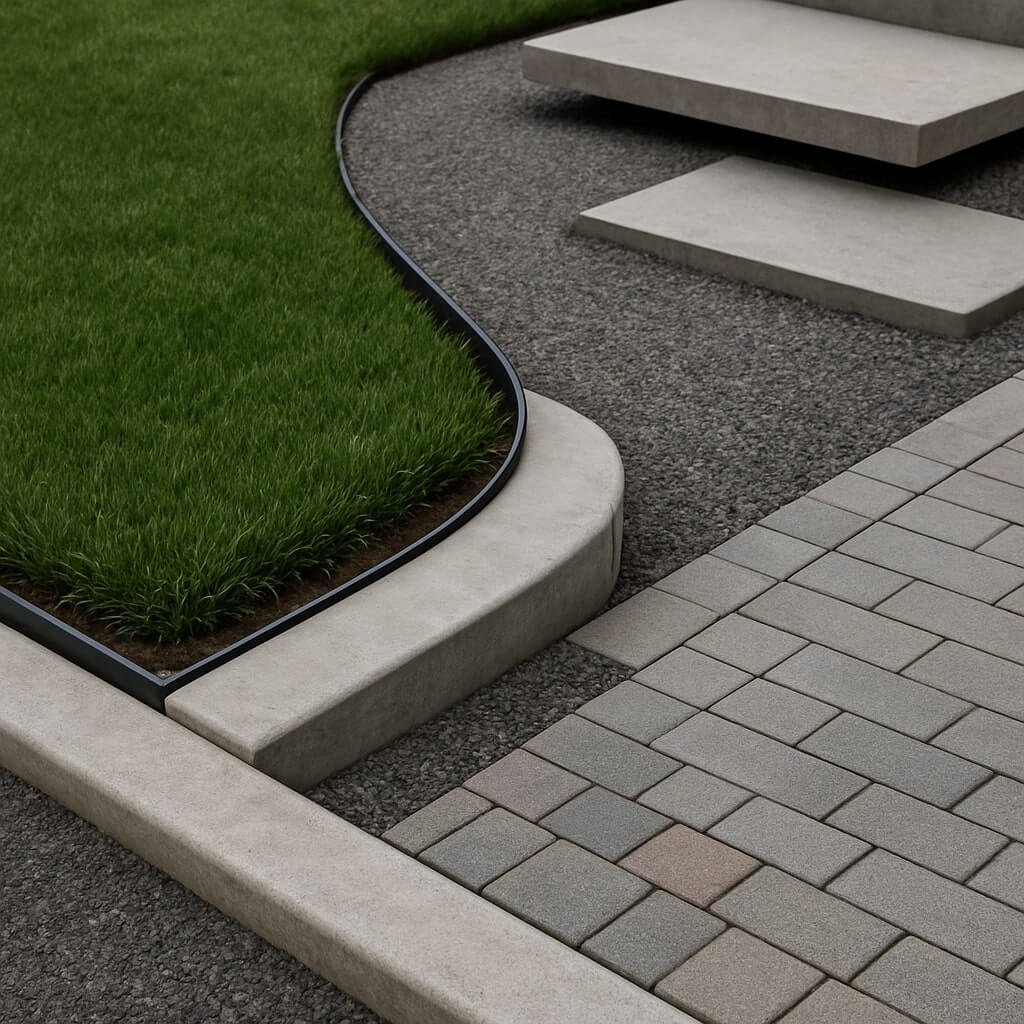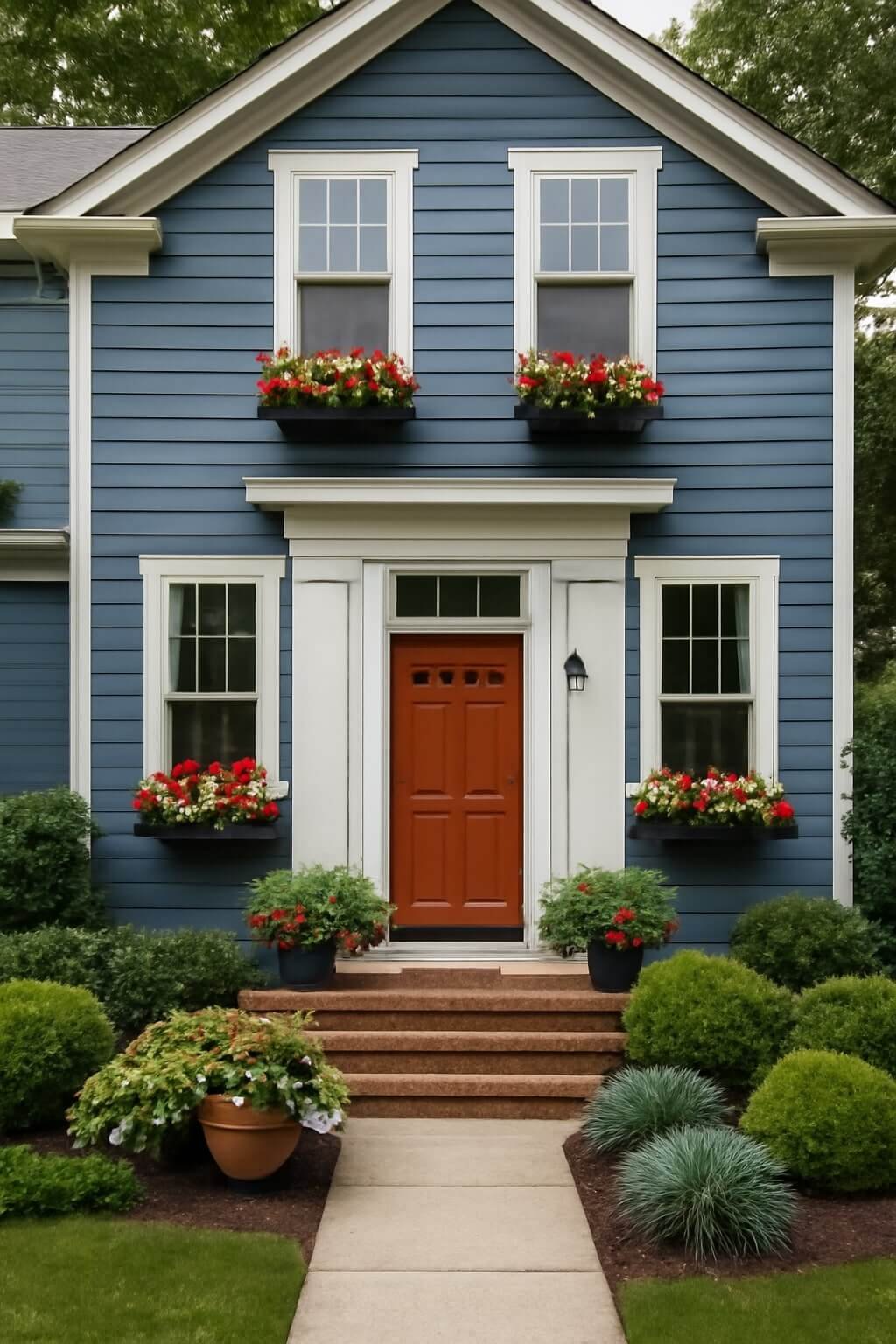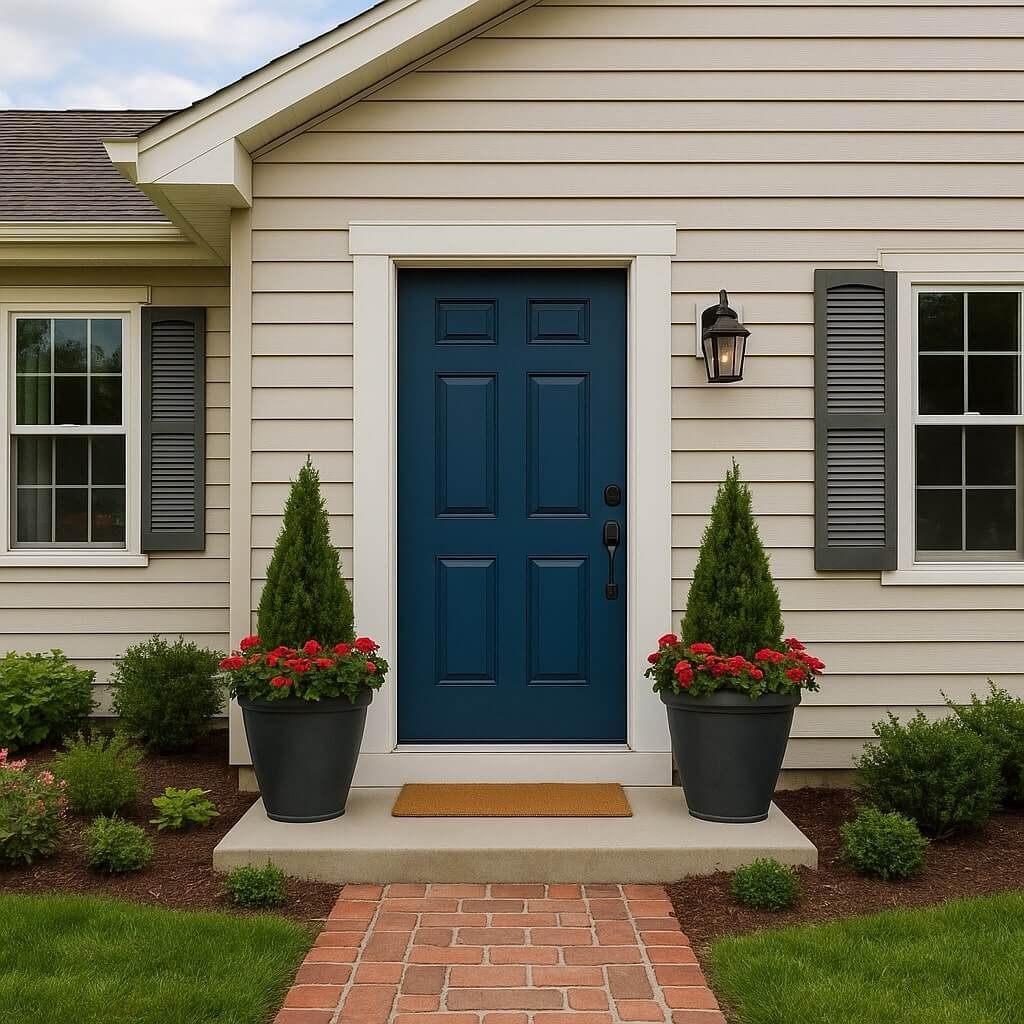Curb appeal is the first impression your property makes, whether it’s residential or commercial. A thoughtfully designed curb not only enhances aesthetic value but also improves safety, accessibility, and property value. In this detailed guide, we’ll explore modern curb design ideas that can elevate your next landscaping or exterior renovation project.
Why Curb Design Matters

Curb design plays a critical role in the functionality and visual appeal of outdoor spaces. Whether you’re enhancing a front yard, installing walkways, or managing traffic flow, modern curb solutions provide a sleek, sustainable, and creative approach to traditional edging and border treatments.
Benefits include:
- Enhanced visual appeal
- Improved safety and traffic management
- Better drainage and erosion control
- Increased property value
Top Modern Curb Design Ideas
1. Clean Concrete Edging
Polished concrete curbs are a staple in modern architecture. Their clean lines and neutral tone provide a minimalist aesthetic that complements most landscaping designs.
Best For: Contemporary homes, public walkways, commercial landscapes
Design Tip: Use smooth finishing and integrate with concrete pavers for uniformity.
2. Steel or Metal Edging
Powder-coated steel or corten steel edging gives your curbs a sharp and durable finish that resists weathering.
Advantages:
- Long lifespan
- High contrast against grass or gravel
- Industrial-modern look
3. Integrated Lighting
Modern curbs with embedded LED lighting are both functional and stylish. They illuminate pathways at night while adding a dramatic visual element.
Recommended For: Driveways, garden borders, public spaces
Pro Tip: Use solar-powered fixtures for energy efficiency.
4. Curved and Organic Shapes
Move away from traditional straight lines by designing curbs with flowing curves and natural forms. This trend suits modern organic landscaping.
Great Pairing With: Native plants, natural stone, and water features
5. Floating Concrete Slabs
Floating slabs create the illusion of separated, weightless curb segments. This avant-garde design offers a sense of modernity and spatial innovation.
Ideal Settings: Urban parks, modern residential entries, art-focused landscapes
6. Eco-Friendly Green Curbs
Incorporate small bioswales or plant-filled curb strips that absorb stormwater and reduce runoff.
Key Features:
- Native plants
- Permeable materials
- Subsurface water filtration systems
7. Brick-Inspired Patterns With Modern Colour Schemes
Traditional bricks laid in herringbone or basket weave patterns—painted in greys, charcoals, or muted earth tones—offer a modern twist on a timeless look.
Aesthetic Appeal: Rustic-modern fusion
Maintenance: Moderate, depending on mortar and traffic load
8. Asymmetrical Curb Design
Design curbs with varying widths, depths, or geometric accents for a bold, architectural statement. This works particularly well in commercial or creative space entries.
When to Use: In artistic landscapes or commercial centres aiming for high visual impact
How to Choose the Right Curb Design
Selecting a curb design involves balancing style, budget, climate conditions, and usage needs. Consider the following:
- Purpose: Aesthetic vs. functional (traffic or water control)
- Materials: Local availability, durability, sustainability
- Climate: Freeze-thaw resistance, UV stability
- Budget: Prefab vs. custom installations
FAQs on Modern Curb Design Ideas
What is the best material for modern curbs?
How much does a modern curb installation cost?
Can I DIY modern curb designs?
Are modern curbs environmentally friendly?
How long do modern curb materials last?
Final Thoughts
Modern curb design is more than just aesthetic—it’s a strategic tool for enhancing property functionality and value. From minimalist concrete lines to eco-conscious green strips, the options are both diverse and inspiring. By understanding your site requirements and exploring modern trends, you can craft a curb solution that’s timeless, practical, and visually stunning.
Whether you’re renovating a driveway, upgrading a sidewalk, or planning a new development, modern curb designs are the perfect place to start your transformation.



